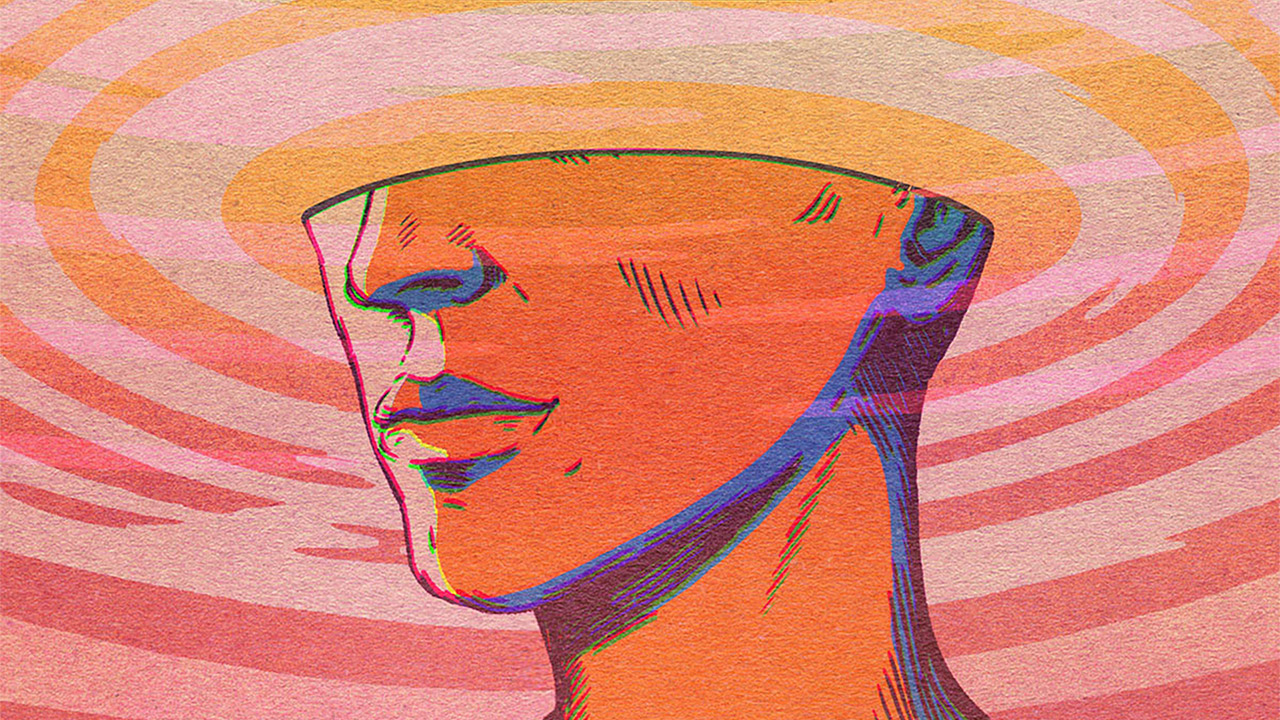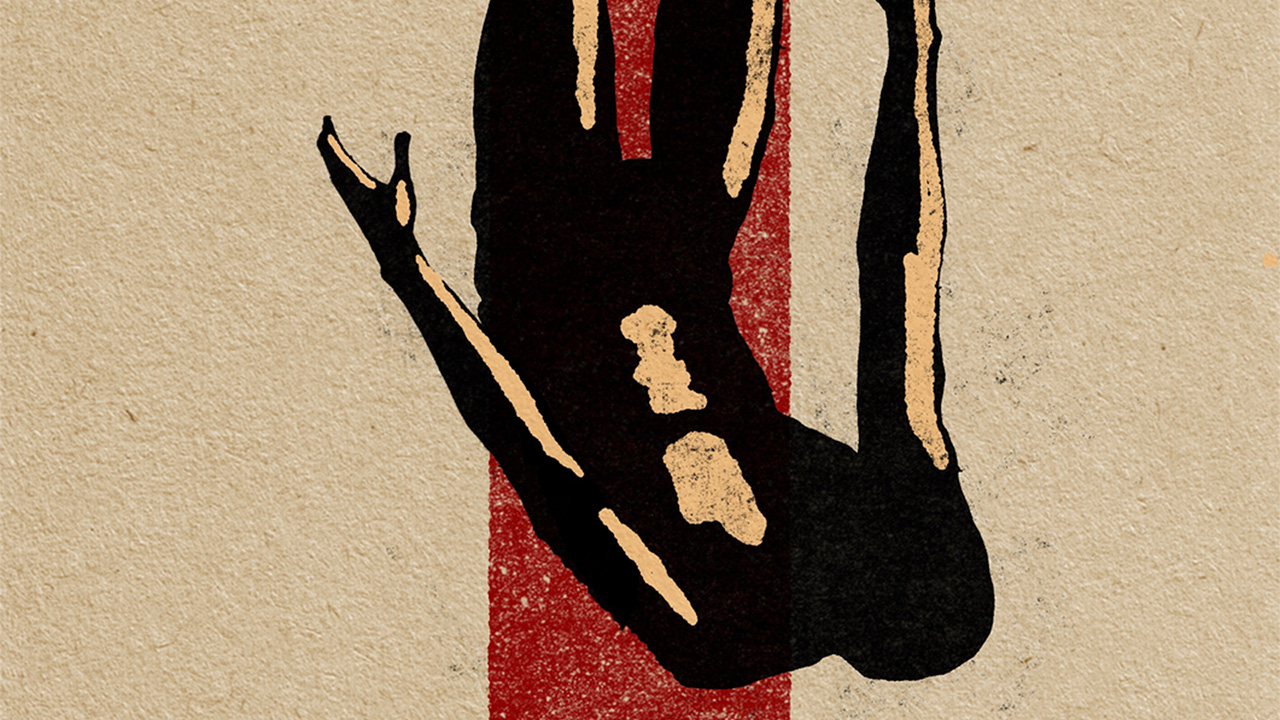This essay originally appeared in the Common Good Monthly email. If you don't already, sign up here for an original article, essay, or interview on the first Monday of each month.
From the Editor
Magic in a Bike Out of the Box
If you’ve got the day off, I hope you’re enjoying it.
The American worker is “the creator of so much of the nation’s strength, freedom, and leadership,” the U.S. Department of Labor says. More than that, many of those workers are also creators of delight.
The people whose labor fuels and is fueled by creativity, imagination, and a little magic, enrich our lives in innumerable ways — and often challenge us to see the world through a different lens. Today’s feature from Emma Wilkins celebrates them.
Wilkins recounts her experience with a collection of whimsical bicycles showcased by circus performer Damon Fox. Watching people navigate these eccentric contraptions, full of laughter, was a celebration of diversity in art and thought. “It was the reason you could stand completely still ... and still be moved,” Wilkins writes. She explores how stepping beyond the conventional and out of our comfort zones can sometimes lead the way to unexpected joy. — Sarah Haywood, managing editor
It wasn’t an art exhibition, though it did feature elements of sculpture and performance art. On paper, it was just another activity at just another school fair. The activity was (to try) riding various bicycle-like creations that had been cobbled together from parts — or to watch from a safe distance.
The setting was a grassy school oval, not a gallery, but I found the spectacle as worthy of attention as a painting on a wall or a performance on a stage. The wild variations on a very common theme evoked a startling sense of possibility.
To call these bikes “unusual” would be an understatement. You might call a tandem bike or a unicycle “unusual” — but these were bespoke creations, no two the same. There were extra wheels, seats, pedals, frames. Some parts were disproportionately large, some disproportionately small, some older, some newer.
One bike had pedals that sat parallel to one another, which forced the rider to rotate their legs in sync. It evoked the motion of a bunny or a kangaroo — and made its riders sweat. Another had a frame upon a frame, and riding it seemed the cycling equivalent of walking on stilts; few could mount it or dismount it without help.
Another had a front and back that could twist in opposite directions. Another had a steering wheel instead of handles. Another, handlebars that sat above the rider’s head.
Better than any individual iteration of a bicycle was the cumulative effect as people tried to mount them, to ride them without crashing, to dismount them without falling — failing, smiling, laughing, and trying again. When I hunted down the brains behind the spectacle, circus performer Damon Fox, he spoke of the joy of seeing them enjoyed.
These bikes, these quirky variations on a long-established theme, made the mass-produced norm seem extremely tame. And I guess the reason for the norm is maximum efficiency: two pedals for two feet, two handles for two hands, two wheels for stability and speed. The design we keep repeating makes perfect pragmatic sense.
These designs didn’t. Some of the bikes were near impossible to mount or dismount without help or risk, some were difficult to steer, some were difficult to balance on.
I was left marveling at how rare it is for us to think outside the box; how naturally and readily we accept and impose restrictions, follow conventions, bow to ease and expectation. Sometimes we do so with good reason, but often we do so out of habit, without thought of the countless other possibilities; without taking a risk.
The spectacle challenged my preconceived notions of what constitutes a “bike” — and of what constitutes art. Each one had an unconventional design because each one had an unconventional aim; each one exuded personality. Each was a tribute to diversity. It was the reason they drew such a crowd, it was the reason they provoked such raw delight. It was the reason you could stand completely still — not ride, just watch — and still be moved.





